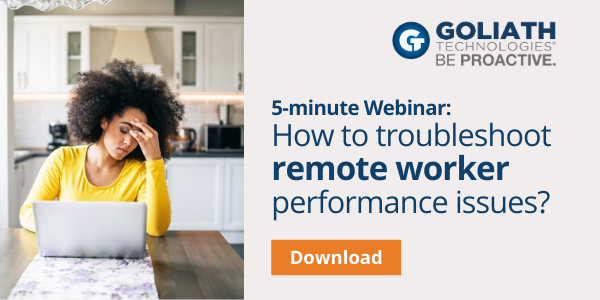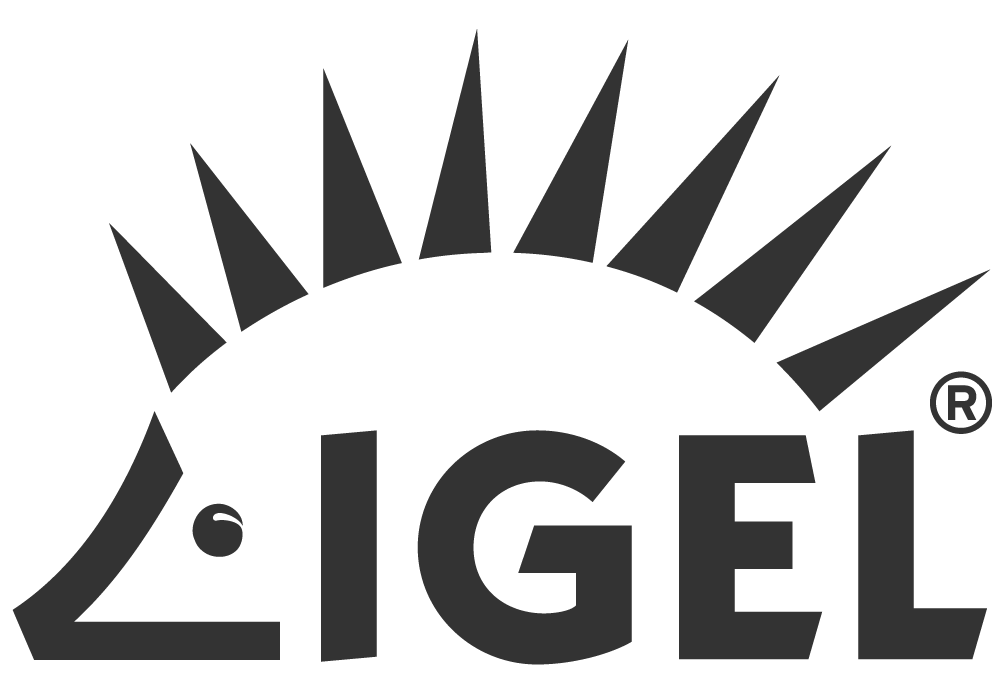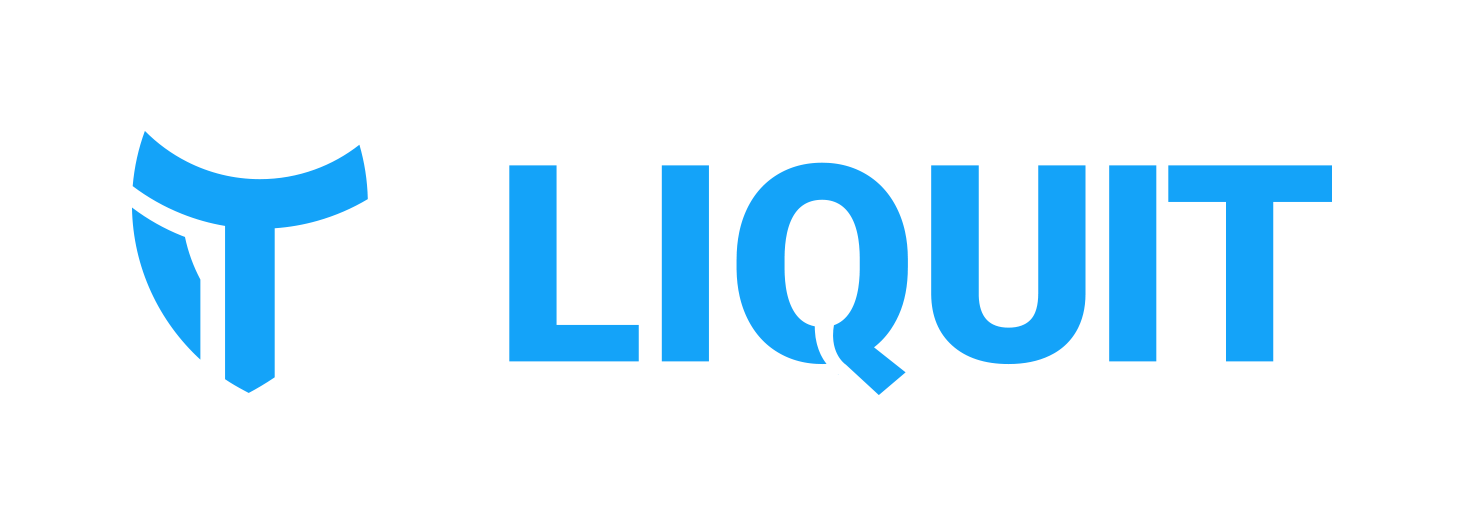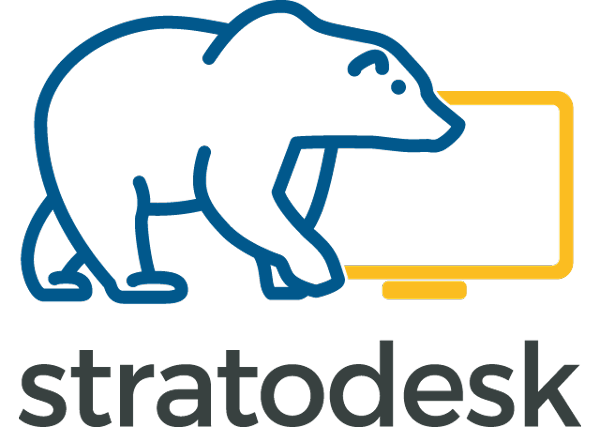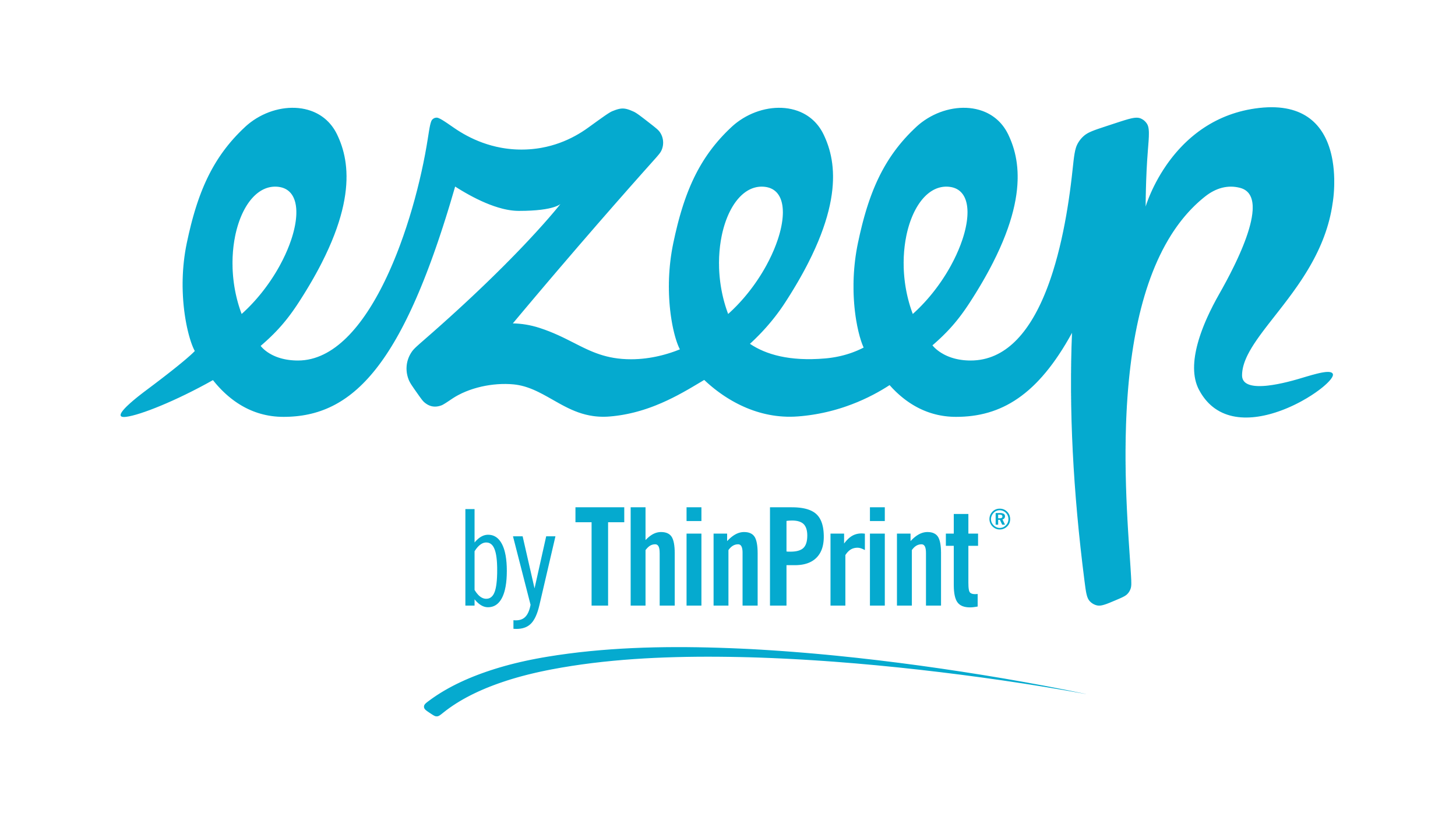VMblog: We've all been witness to a global pandemic, and it's changed the way we work. More than ever, we're seeing a large percentage of employees working from home. How has this shift in the way we work changed the way companies are dealing with their employees?
Jason Smith: As a company that enables organizations to facilitate a work from home strategy, Liquidware is a champion of remote working. Many of our staff work remotely or from home and we are now seeing many of our customers coming to us for advice on how to best deploy and manage their corporate desktops to their employees' homes. We have seen a certain amount of concern in how companies can monitor their employees - mainly to ensure they can have a good user experience but also to ensure they are being productive. We can allay those concerns with our solutions and strongly encourage those organizations that aren't sure about trusting their workforce that they should! We see overall employee productivity being increased, not decreased, when working from home.
VMblog: "This is the year of VDI" has been a mantra for virtual desktops for many years running. But it's never really gotten mass adoption, why do you think that is? And do current events finally change that?
Smith: That mantra is one of our industry's misnomers! We believe VDI has its place among many other delivery platforms. What has gotten mass adoption is, of course, Windows. How you present Windows and the required applications to your users is the question that needs to be addressed, whether it's in the current pandemic environment or ‘business as usual'. With the advent of Windows Virtual Desktop, this could well be the ‘year of VDI' but "not as we know it Jim." Why? Well, because WVD is not VDI - it's a cloud-based desktop. Virtual, cloud and physical desktops/workspaces now all munge together to deliver organizations the best fit for their business needs.
VMblog: What are you hearing from customers and prospects? Were they completely caught off guard? Or were they already putting things into place, perhaps for other business continuity reasons?
Smith: You've actually hit the nail on the head there. This is all about business continuity - it's about being able to respond to a situation and maintain efficacy of your business requirements utilizing your IT systems. In many cases our customers already deploy Liquidware as part of their business continuity strategy. When the COVID-19 situation stipulated work from home where you can, those customers were already well prepared, they just needed to purchase additional licenses to serve those extra employees now working from home. We continue to see them increasing their Liquidware installed base as their remote worker base increases. Others have pulled forward their purchases to ensure they can provide an equivalent, if not better than, user experience for their remote workers. I would say large enterprises that we work with were certainly not caught off guard but ramped up their WFH strategy to cover this unprecedented situation.
VMblog: How has this shift of working from home affected people, connectivity, infrastructure, security, etc.?
Smith: Personally, I think the biggest affect this shift has had is on people themselves. For those used to working from home or remotely - either permanently or occasionally - it's not been a big mindset change. They know how to communicate, interact, and ‘socialize' with remote colleagues and management. For those that this work situation is completely new, it's not just their work utensils that need to adapt, so does their complete work-style ethos. For some, this is causing mental health issues and companies need to remain cognizant of this and make provisions to ensure their workers can adapt. We have many meetings in ‘normal' times via platforms such as GoToMeeting or WebEx and I am amazed at how well the Internet has performed given the extensive extra use of these platforms in these current times!
VMblog: How does your software enable the "work from home" shift? And where do your solutions fit within the grand scheme of things?
Smith: Liquidware provides Adaptive Workspace Management. This pandemic highlights the need for organizations to be adaptive in their delivery of workspaces for their employees to continue to work effectively and be productive. Our Adaptive Workspace Management suite comprises ProfileUnity, FlexApp and Stratusphere UX that, together, enable speed of adoption and rapid scaling of organizations' WFH workspace requirements.
ProfileUnity gets your users under management by harvesting smart user profiles and invoking policy management that follows the user contextually. FlexApp delivers applications across any Windows desktop environment without installing them, apps follow the user from the data center or the Cloud, even if they've logged onto a new desktop. Finally, Stratusphere UX helps ensure that you're delivering a quality desktop through advanced monitoring and diagnostics. When used as part of a business continuity strategy, users have zero downtime migrations to new platforms, the apps they need to do their job are readily available and user experience is closely monitored.
For example, one customer we spoke with at the outbreak of COVID-19 asked how we could help their employees access their workspaces, as they didn't have access to their computers that were left in the office. In this particular case we couldn't help - I don't think any vendor could in that situation - but if they'd deployed ProfileUnity prior to the pandemic, their users could access their persona and user-authored data via their cloud-based storage directly to their home PC/laptop and be up and running in a matter of minutes.
VMblog: What are the big problems that you solve for those companies whose workers are now working from home?
Smith: Our monitoring and diagnostics solution, Stratusphere UX, ensures that users are having a quality user experience, and that they have the desktop resources (CPU, RAM, Disk), network bandwidth and application performance they need to work remotely. You can see what apps they are using and how long they are active. If performance issues arise, the solution can be leveraged to conduct diagnostics for quick resolution. A Process Optimization feature in the product can modulate priorities on the devices being used so that you can get the best performance from BYOD or older devices. This is a great feature to tap when you don't necessarily have control over the endpoint device. Stratusphere UX bypasses concerns of worker privacy because it does not track keystrokes or get into the data level. What is does give you is a pretty good picture of how employees are spending their time. It provides a way to concretely demonstrate worker productivity. It's also a way to make sure that workspaces are meeting user requirements.
Stratusphere UX tracks all employee desktop activity, including when they log-on and log off and what applications they are using during working sessions. Stratusphere UX uses lightweight agents, called CID keys, to capture this information. CID keys do not add overhead or slow down workspaces. The solution can verify worker status from "connected," "operational," and "productive" views.
VMblog: What advice do you have for companies who are still trying to figure out their own game plan for remote workers?
Smith: Having innovated in the Windows desktop (whether that be physical, virtual or cloud) since our founding 11 years ago, we pride ourselves on our extensive knowledge of enabling remote working. Not only do we advocate remote/home working where possible for our own employees, we extend our experience and knowledge to assist our customers and partners in advising a best approach for their business needs. To that end, we have produced a number of assets available for anyone to download from our website, including a Work From Home whitepaper, solution brief and webinar recording highlighting recommended steps to take in creating a work from home strategy.
VMblog: Finally, is work from home, and all that we've been doing as a collective group, a short-term fix? Will people go back to working in the office? And if they do go back to the office, do companies continue leveraging the things they put in place, like virtual desktops and remote capabilities? Or do you see some percentage still working from home, or perhaps a mix mode?
Smith: As our co-founder Tyler Rohrer wrote recently in a blog post, "Working remotely will be preferred over primary campus + mandatory attendance models in all use cases where possible ...... and all use cases are now possible." So, no, work from home is not a short-term fix. Sure, some workers will return to an office environment, but those organizations will continue to utilize their IT investment made during this pandemic to allow those that want to, and can, work remotely or from home. Whether that technology, from a workspace point of view, is desktop as a service, cloud-based or virtual. As with all the platforms that Liquidware supports, we believe work from home and remote working is here to stay. The solutions deployed to facilitate it will be a hybrid model, just as office and remote working for an individual will become more hybrid too.
